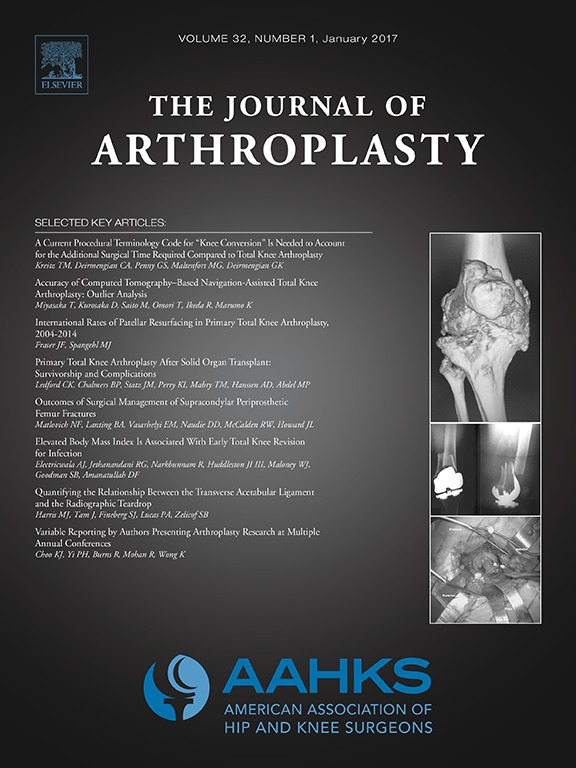
Posterior-stabilized implants designed for increased flexion improves ROM after TKA

Posterior-stabilized implants designed for increased flexion improves ROM after TKA
A Randomized, Prospective Study of Primary Total Knee Components Designed for Increased Flexion
J Arthroplasty. 2007 Apr;22(3):349-52. Epub 2007 Jan 22Synopsis
50 patients undergoing primary total knee arthroplasty (TKA) were randomized to two different knee implants designs to examine postoperative range of motion (ROM). One group had posterior-stabilized (PS) implants designed for increased flexion while the other group had standard PS implants. Results showed that the PS implants designed for increased flexion resulted in better ROM results compared t...
To view the full content, login to your account,
or start your 30-day FREE Trial today.
FREE TRIAL
LOGIN
Forgot Password?
Explore some of our unlocked ACE Reports below!

Learn about our AI Driven
High Impact Search Feature
Our AI driven High Impact metric calculates the impact an article will have by considering both the publishing journal and the content of the article itself. Built using the latest advances in natural language processing, OE High Impact predicts an article’s future number of citations better than impact factor alone.
Continue



 LOGIN
LOGIN

Join the Conversation
Please Login or Join to leave comments.